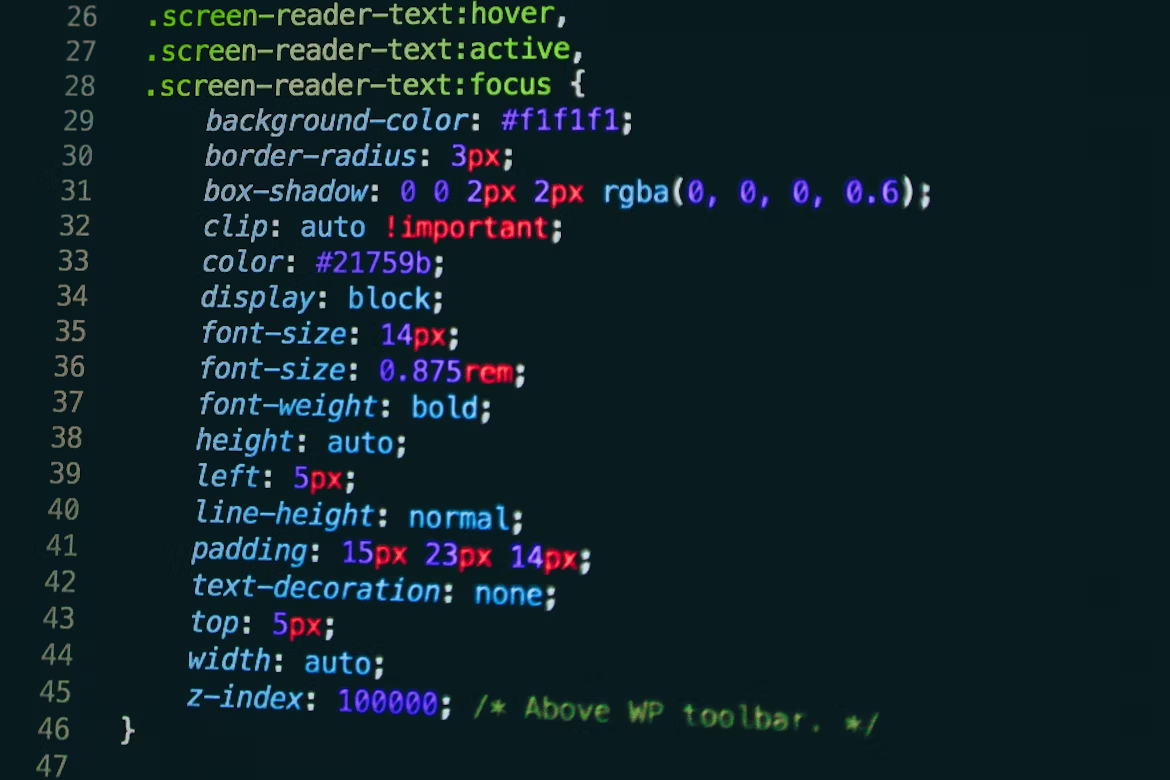No-code/Low-code Platforms: Are They the \”Death\” of Developers or the New Normal?
No-code/Low-code Platforms: Are They the \”Death\” of Developers or the New Normal?

No-code and low-code platforms like Webflow, Bubble, and others are democratizing web development, allowing individuals and businesses to build sophisticated applications and websites with minimal or no traditional coding. These platforms, relying on visual interfaces and drag-and-drop functionality, offer incredible speed, cost-effectiveness, and accessibility, empowering entrepreneurs and small teams to rapidly iterate on ideas. But are they the ‘death’ of professional developers? Far from it. While no-code/low-code excels for simpler websites, internal tools, MVPs (Minimum Viable Products), and specific niche applications, they have limitations. Customization can be restricted, scalability might become an issue for complex systems, and deep integrations with legacy systems or highly specific APIs often require traditional coding expertise. A professional coder is still essential for building highly custom solutions, complex backends, unique interactive experiences, enterprise-level applications, or when specific performance and security requirements demand granular control. Instead of a threat, these platforms represent a ‘new normal’ that shifts the developer’s role from purely coding to more strategic roles: integrating, customizing, and advising on when and how to leverage these powerful tools. They enable developers to focus on higher-value tasks, complementing their skills rather than replacing them.

